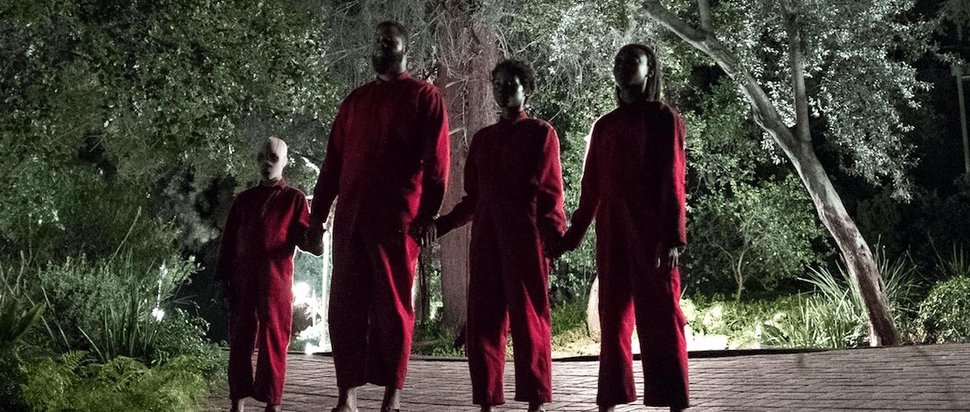The cinematic influences of Jordan Peele's Us
Jordan Peele stakes his claim as a great American director with Us, his followup to Get Out that combines laughs, thrilling action and political smarts. It also contains stylistic echoes from these five movies
Us writer-director Jordan Peele introduced a screening at Picturehouse Central in London last week explaining that he’s happy for fans to enjoy the film as pure entertainment, or for viewers to read into it whatever they want.
Peele may arguably be sitting on the fence with such a statement but one of the attractions of his sizzling sophomore picture is how effortlessly it combines commercial staples like big, crowd-pleasing laughs and tense, action-packed setpieces with allegorical art-house tendencies. Its story of a middle-class black family who find themselves under threat of home invasion is one that will resonate with a wide range of cinema viewers, not least because it echoes a heap of other killer films. Here are five Peele may have had in mind when he made Us.
The Birds (1961)
Referencing Alfred Hitchcock may be the cinematic equivalent of covering The Beatles but Peele’s hat-tipping is dignified rather than predictable. Tippi Hedren hides out from a flock of vicious avian attackers in Hitchcock’s classic California-set thriller and, although Peele includes a few birds on screen in his film, a more interesting influence is felt in the stillness of Us’s final act when a calm, creepy drive around deserted morning streets is almost palpably Hitchcockian.
Jaws (1975)
The most obvious of the films that influenced Peele, but there’s no shame in that. Steven Spielberg’s shark terror flick kick-started the modern blockbuster as we know it and holds up to repeated viewings more than 40 years later. The beach scenes in Us have a similar sense of dread and the tribute is cemented by one young character wearing a Jaws t-shirt. It would be gratifying for all of us if Peele went on to have a career as fruitful as Spielberg.
The People Under the Stairs (1991)
Wes Craven’s most underrated film and, yes, his best, is about a 13-year-old ghetto kid who helps his older pals burgle a mansion owned by a sinister couple who keep stolen children with a taste for human flesh chained in their basement.
Us has several similarities but the only spoiler-free one is its excellent black protagonist and supporting cast, still something of a rarity in horror cinema. Lupita Nyong’o is typically excellent in her role(s) as matriarch Adelaide Wilson and said last week it was a rare pleasure to play two great three-dimensional characters, the inference being that it was unusual enough to be offered one great role in a film. For his part, Winstone Duke also deserves plaudits as dad-under-pressure Gabe Wilson.
Funny Games (1997 and 2007)
Austrian director Michael Haneke is no stranger to human nature at its most savage, but he had such an affinity with his sadistic story about two teens invading the lakeside holiday home of a well-to-do couple that he remade it in America in 2007. Peele’s story is strongly reminiscent in parts but is a far funnier and more stylish affair.
Get Out (2017)
It may sound like a bit of a cheat to say a director’s debut influenced its follow-up but don’t send the turd in the Jiffy bag quite yet. Peele has said he sees Get Out and Us as two films out of a mooted four-film universe, so it’s natural that themes and motifs emerge in both. Sustained close-ups of people crying, the dynamics of family life and the intersections of American class and race politics are all prominent in Peele’s first two so expect to see them crop up again.
Finally, both films feature an evil rich white woman in an unmissable supporting role. For Catherine Keener’s tea-stirring hypno-mom in Get Out, see Elisabeth Moss’s booze-loving Kitty Tyler in Us. Jaws will drop and pants will be soiled.
Us is released 22 Mar by Universal; Get Out is currently streaming on Netflix
